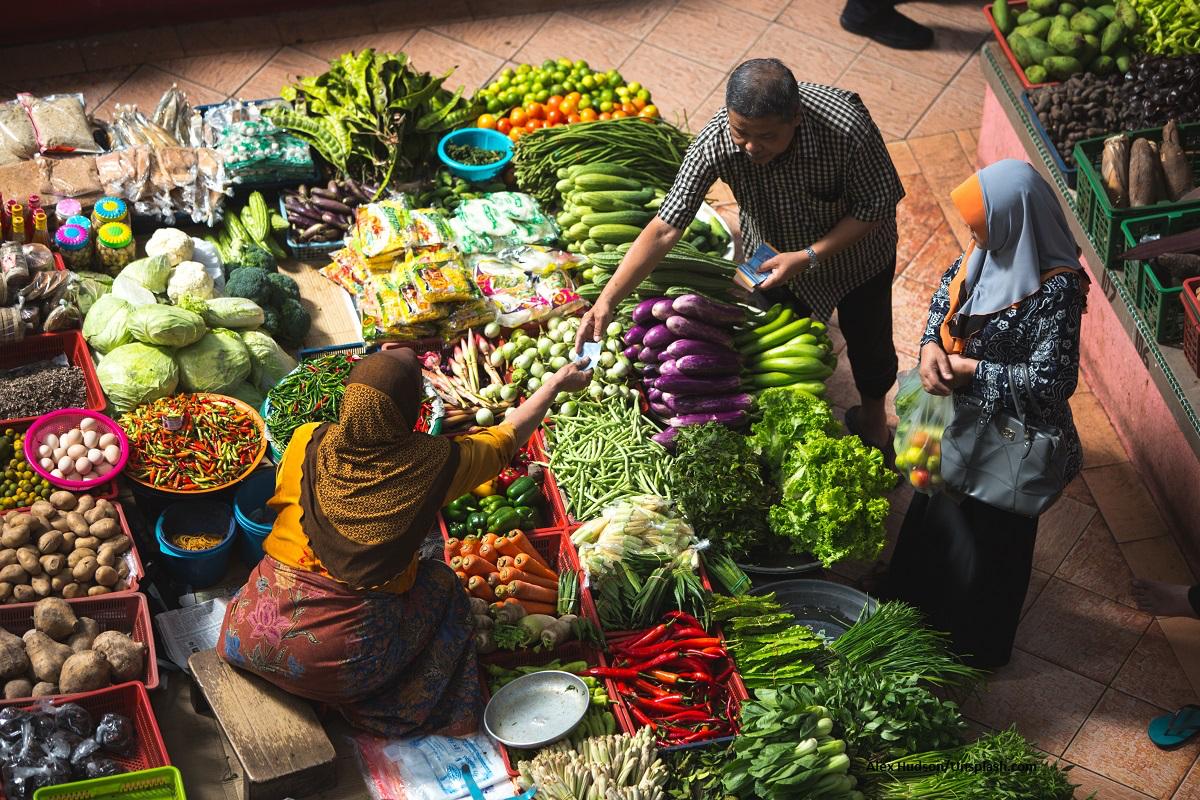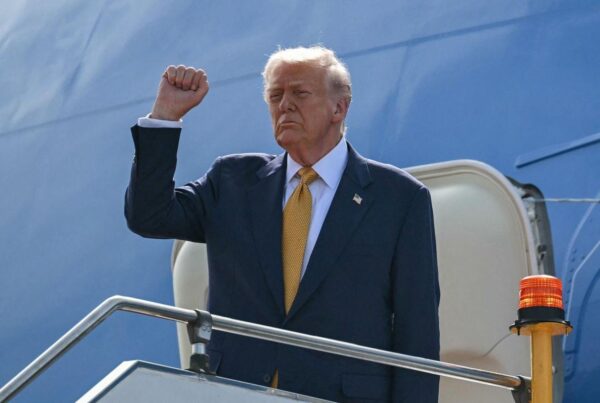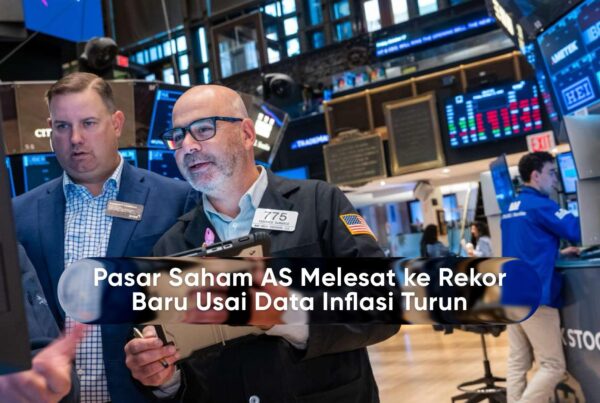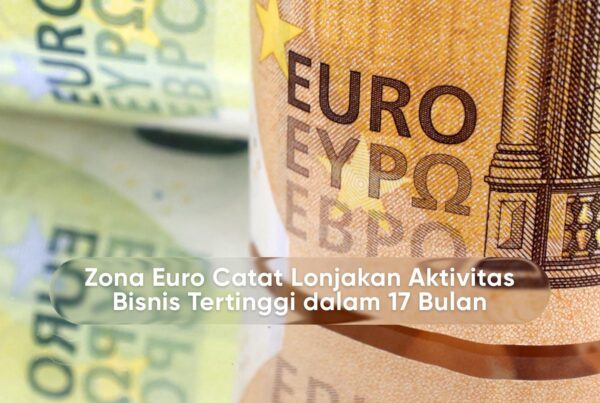The global economy and Indonesia are expected to enter a new phase in 2026 with growth projections higher than those in 2025. International institutions such as the IMF, the World Bank, and the OECD emphasize the potential for acceleration, even though risks still loom. In Indonesia, the government aims for a more ambitious growth rate by strengthening consumption, investment, and enhancing export competitiveness.
The latest IMF report says global growth in 2026 will reach around 3.1 percent, slightly higher than 2025, which is projected at 3 percent. OECD holds the figure steady at 2.9 percent, while the World Bank sees a gradual recovery after inflation pressures and a weakening of trade. This official source emphasizes that the uncertainty in trade policy, geopolitics, and energy price fluctuations remains a serious challenge.
At the domestic level, Bank Indonesia estimates that GDP growth in 2026 is in the range of 4.7 to 5.5 percent. The Ministry of Finance is more optimistic with a target of 5.2 to 5.8 percent. Even Bappenas notes the potential to reach 6.3 percent if investment and exports proceed as planned. This target is indeed ambitious, but Fitch Ratings' analysis finds that consistent fiscal discipline opens up opportunities to achieve it.
Consumption and Investment Become the Main Engine
Household consumption remains the backbone of Indonesia's economy. The government hopes that people's purchasing power will strengthen as inflation comes under better control. Middle-class spending is predicted to increase, especially in the food, transportation, and digital sectors. Investment also becomes a determining factor with a focus on renewable energy, infrastructure, and the manufacturing industry. Foreign investors are beginning to eye Indonesia as a regional production base, supported by a demographic dividend and deregulation policies.
The national banking sector also supports this trend with more aggressive lending. A relatively stable interest rate is expected to encourage both consumer and productive lending. The property sector is expected to regain momentum after a period of stagnation, while MSMEs are encouraged to enter the global supply chain. This momentum is the key to ensuring that the growth target of more than 5 percent is truly achieved.
Global risk still looms.
Although the growth trajectory looks better, external threats cannot be ignored. The rise in energy prices due to geopolitical conflicts still has the potential to disrupt stability. Trade tensions between major countries also have an impact on Indonesia's export demand. The World Bank emphasizes the need for market diversification so as not to depend solely on its main partners. Global inflation that has not fully subsided can also put downward pressure on the rupiah's exchange rate.
On the other hand, the trends of digitalization and energy transition open up new opportunities. The green economy, electric vehicles, and digital technology have become leading sectors that can attract foreign direct investment. The government has prepared regulations to accelerate licensing and provide tax incentives in the strategic sector. If this step is consistent, Indonesia could become one of the growth engines of the Southeast Asia region in 2026.
Overall, the 2026 economy is projected to grow better than in 2025. The boost in domestic consumption, rising investment, and fiscal stability are the main driving factors. However, global risks such as geopolitics and inflation must still be anticipated with a diversification strategy. Indonesia has the opportunity to achieve growth above 5 percent if all policies are implemented effectively.
Readers can follow the in-depth analysis of fiscal policy and investment trends in the related article on Insimen. Also read the latest IMF and World Bank reports to see how Indonesia is positioned on the global economic map.
Discover more from Insimen
Subscribe to get the latest posts sent to your email.










